How Confined Space Programs Can Save Lives
April 22, 2025The Occupational Safety and Health Administration (OSHA) recently investigated the death of a 30-year-old Oklahoma worker who died of asphyxiation while conducting repairs inside a water tank in 2023. The federal health and safety agency found that the decedent’s employer failed to evaluate the water tank for hazardous conditions, like testing atmospheric conditions, and did not use the necessary protective systems to safeguard the worker from sustaining known and preventable injuries. This tragic case serves as a sobering reminder of just how dangerous it is to work in confined spaces and how the failure to prepare and focus on safety leads to deadly consequences for hardworking, innocent victims.
Working in Confined Spaces: Types of Work and Why It’s So Risky
Per OSHA, confined spaces are areas that are not designed for people but are large enough for people to enter and perform specific tasks. The agency notes that confined spaces have “limited or restricted means for entry or exit” and that they are “not designed for continuous occupancy.” Confined spaces are structures like vessels, tanks (atmospheric, above ground, low pressure storage, etc.) tunnels, manholes, equipment housings, pits, crawl spaces, silos, storage bins, trenches, ditches, hoppers, ductwork, vaults, and others. Some of the most common types of work that individuals perform in confined spaces are maintenance, repair, and various construction activities. Individuals across different industries, like inspection, telecommunications, manufacturing, shipbuilding, ship repair, electrical work, and pulp and paper milling, may be expected to work in confined spaces.
According to data from the Bureau of Labor Statistics (BLS), at least 100 workers die each year from injuries associated with working in confined spaces. There are many reasons why this type of work is so dangerous. The two primary types of dangers that workers encounter are physical and atmospheric. Here are some examples:
- Access, entrance, and workspace limitations: the configuration and composition of confined spaces limit the possible activities of individuals inside the spaces — it also limits their entry and exit.
- Exposure to toxic chemicals and gases.
- The falling and/or collapsing of heavy equipment and bulk materials.
- Lack of oxygen.
- Asphyxiation.
- Flooding.
- Drowning.
- Explosion.
- Temperature.
- Biological hazards.
Confined Space Safety Programs
Employers are legally responsible for providing workers with a safe and healthful workplace free from recognized hazards, and this includes developing a confined space safety program in workplaces where individuals regularly perform work in said spaces. OSHA defines certain confined spaces as permit-required; these spaces have one or more of the following characteristics: contains or has the potential to contain a hazardous atmosphere, contains materials that have the potential to engulf an entrant, has walls that converge inward or floors that slope downward and taper into a smaller area which could entrap and asphyxiate an entrant, or contains any other safety or health hazard, such as unguarded machinery, heat stress, or exposed wires.
Whether the space is permit-required or not, employers in workplaces where employees regularly conduct work in confined spaces must develop a program that contains the following components:
- Outline all related protocols and policies for safe work; this includes personal protective equipment (PPE, entry and exit training, rescue procedures, communication requirements, and all identified confined spaces where employees are working.
- Essential documents, like entry permit forms.
- Requirements and reminders for regular breaks and hydration.
- Provide proper training to workers and provide permission only to certain employees as authorized entrants.
There are some main things that employers should keep in mind when they are developing a comprehensive and effective confined space safety program. Occupational safety experts recommend that employers identify where confined spaces are located in the worksite so that workers are not unprepared for entering them, to remember that workers inside confined spaces are working alone – and so it is harder to ask for and receive emergency assistance, to recognize extreme temperature as a significant threat, and to employ appropriate safety measures, plan both the worker’s entry and exit, and to always be ready to anticipate and adapt plans.
Were You Injured Due to Your Employer’s Negligence?
According to the BLS, oxygen deficiency and toxic atmospheric conditions account for more than half of fatalities in confined spaces. Physical hazards, like structural collapses, mechanical equipment, and falling objects, and engulfment hazards, such as workers being engulfed by substances like soil, water, or grain, are also among the top contributors to preventable tragedies. If you were injured at work and are considering filing a claim for damages, someone at our firm can help.
Workers’ Compensation is a type of insurance that provides medical benefits and wage replacement to injured workers. Depending on the circumstances surrounding your injury, you may also want to consider filing a third-party liability claim. Third-party liability claims often involve a design, manufacturing, or marketing defect of a product or equipment used at work. At Galfand Berger, our attorneys have decades of experience representing injured victims. To learn more, contact a representative online now.
Philadelphia Workers’ Compensation at Galfand Berger, LLP, Representing Injured Victims Since 1947
Contact the Philadelphia workers’ compensation attorneys at Galfand Berger LLP today. Call us at 800-222-USWA (8792) or fill out our online form for a free consultation. Located in Philadelphia, Bethlehem, Lancaster, and Reading, we serve clients throughout New Jersey and Pennsylvania, including Allentown and Harrisburg.
 Google Screened
Google Screened
